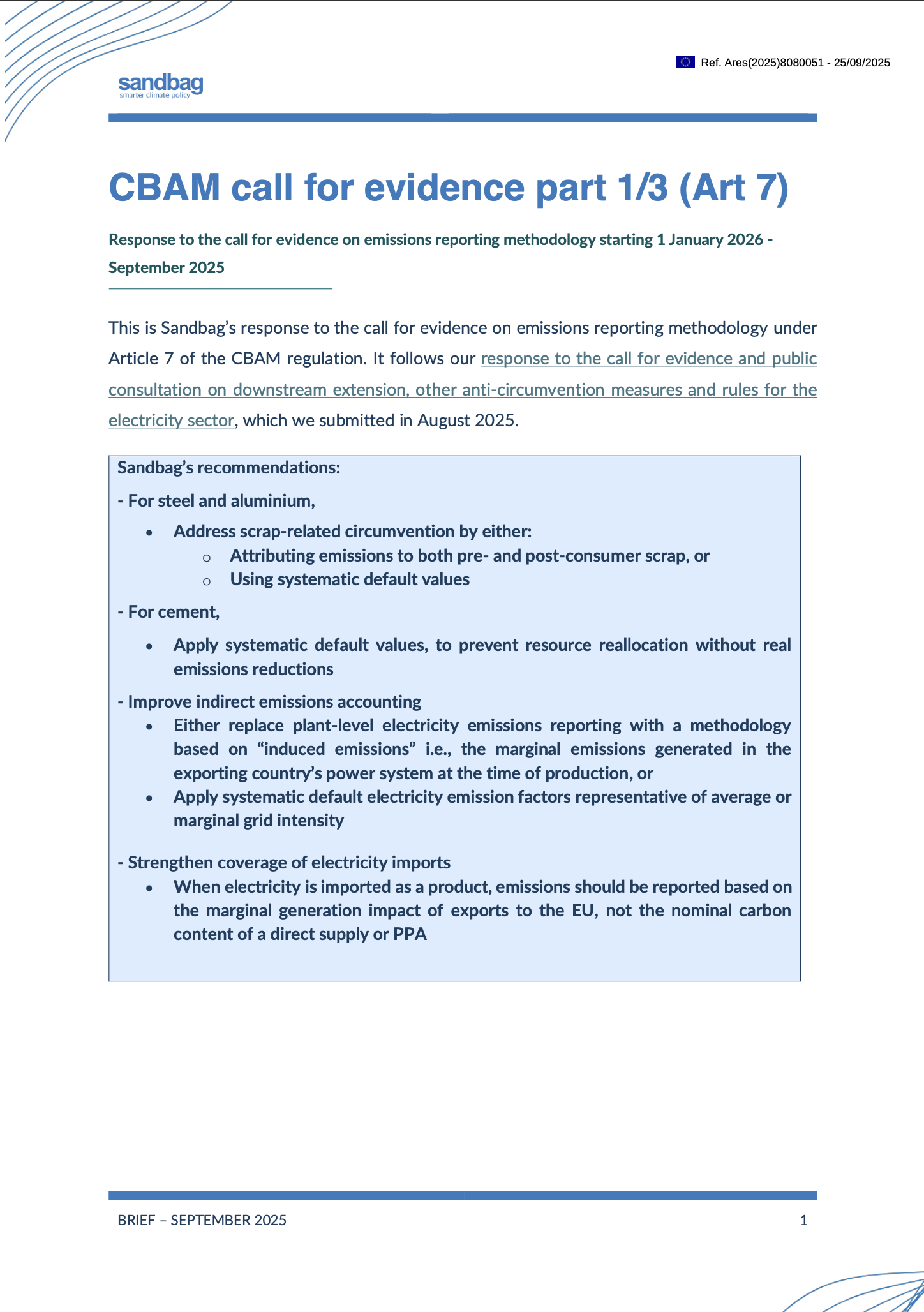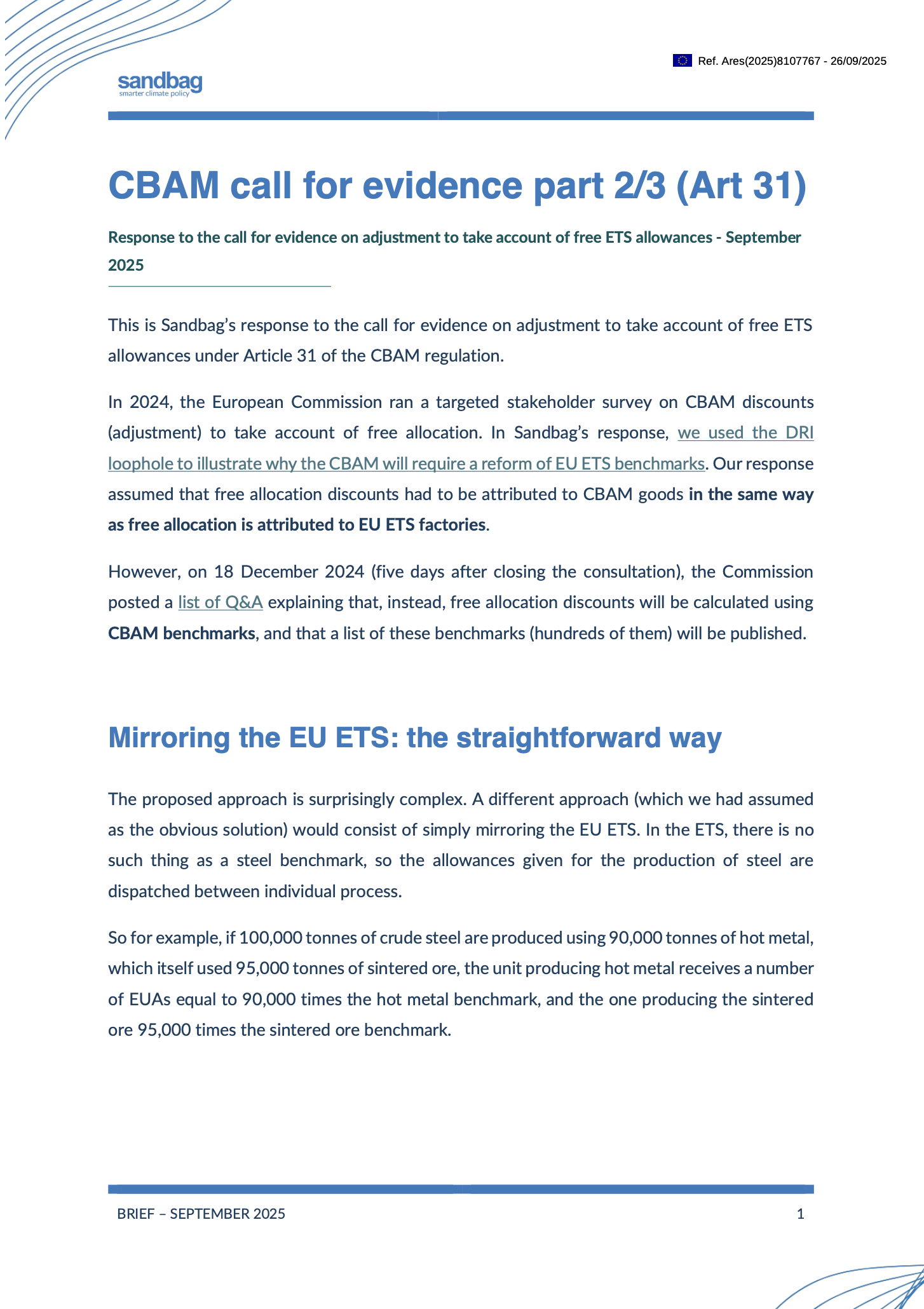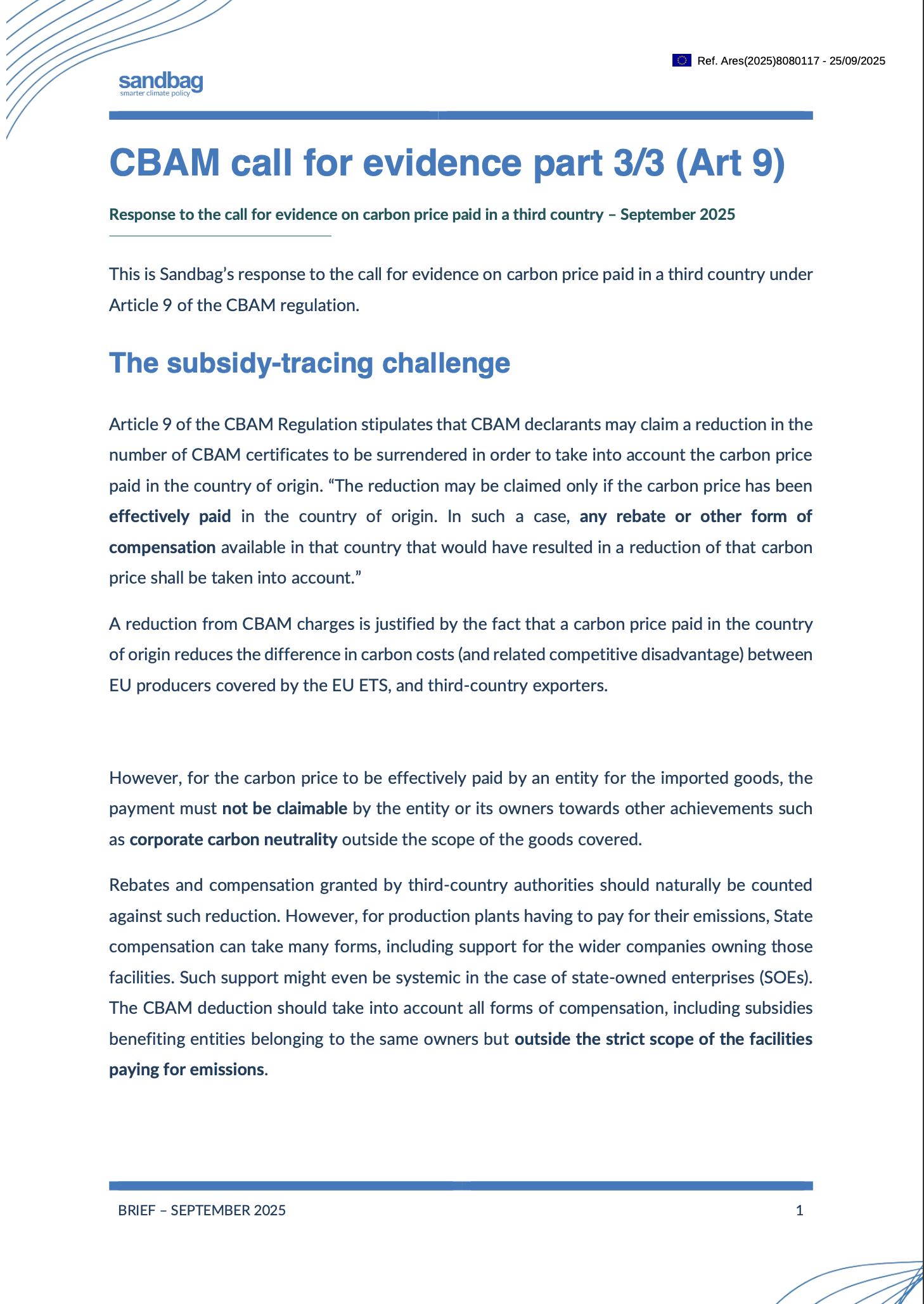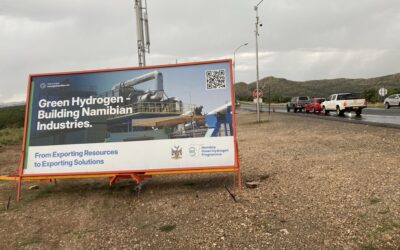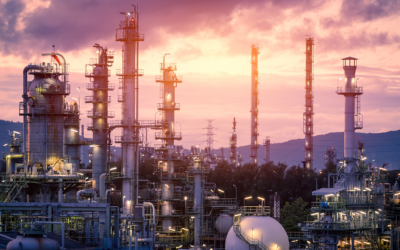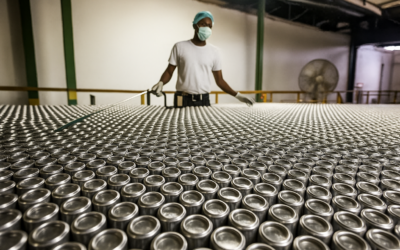The EU’s Carbon Border Adjustment Mechanism (CBAM) aims to ensure that imported goods face the same carbon costs as those produced in Europe.
As CBAM enters its next phase, the European Commission asked for input on three areas:
- Article 7 – Emissions reporting
- Article 31 – Adjustment to take account of free allocation
- Article 9 – Carbon prices paid in third countries
Sandbag responded to each consultation, highlighting risks that could weaken CBAM’s impact and offering practical solutions.
Our main recommendations
- Article 7 (Emissions reporting): Avoid resource shuffling by using induced emissions and systematic default values for steel, aluminium, cement, and electricity imports.
- Article 31 (adjustment for Free allocation): Move to product-based free allocation, ensuring equal treatment between EU and imported goods.
- Article 9 (Carbon price paid abroad): Ensure deductions only apply where carbon prices are paid for the production of goods, taking into account all support received by the production plant even not for carbon.
Related publications
The CBAM dividend for Namibia and Ghana
This research note shows that Namibia and Ghana are likely to benefit from the CBAM, as EU price increases linked to the EU ETS outweigh CBAM fees under current exports. It also sets out transparent transformation scenarios, based on announced industrial projects, to show how expanded and lower-emissions production could further increase export revenues over time.
Chemicals in the CBAM: Time to step up
Sandbag’s latest brief explains why the EU CBAM must be expanded to cover key chemical value chains. With chemicals and refinery products responsible for 30% of industry emissions, phased inclusion is critical to prevent carbon leakage and phase out free allowances.
The EU CBAM: a two-way street between the EU and Africa
Sandbag’s newly released CBAM Simulator allowed us to explore how the EU’s Carbon Border Adjustment Mechanism (CBAM) could impact African exporters — and how cleaner production and carbon pricing could turn a cost into a competitive edge.

